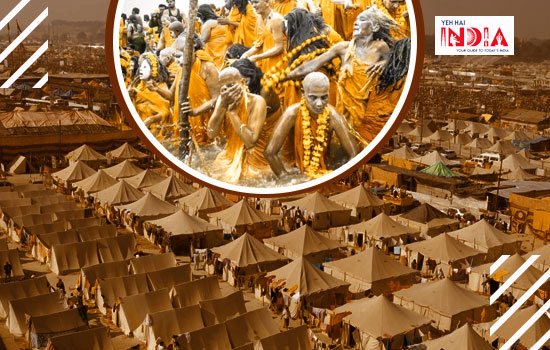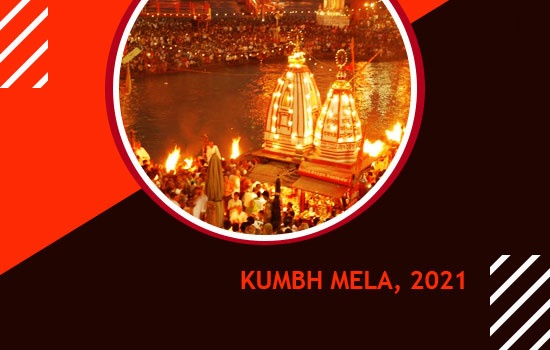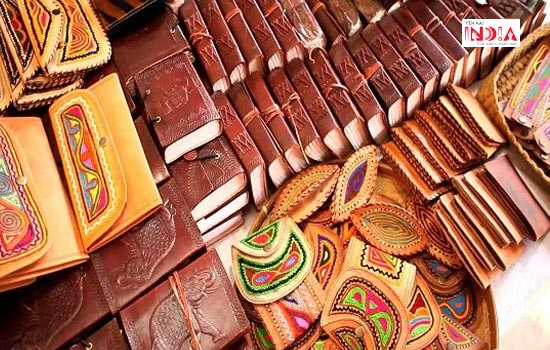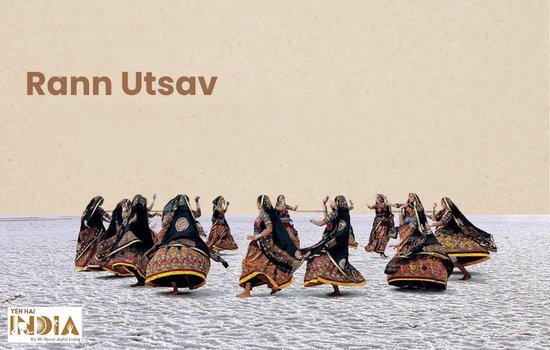It is said that the world unites in Kumbh Mela. We often remember this annual Hindu mahasangam from old Bollywood films which always spoke of “Kumbh mele mein bichre huye Bhai” meaning brothers lost in Kumbh Mela.
Kumbh is much more than an annual holy sojourn on the holy waters of Ganges. Kumbh prepares you for life. This amalgamation of millions on a huge ground are even of interest for scientists who seek to unearth the different societal experiments here. For others Kumbh is a cultural melting pot where the whole world meets and celebrates in Union – a tradition going on for hundreds of years.
This 3 month long holy gathering has no such rules or dictums. You can come and go whenever you like. The real essence of it is the cultural spirit of the vagabond life of sadhus and the sanyasis who come to observe this pious day in the 4 principal cities (Allahabad, Haridwar, Nashik, Ujjain) where the Ganges first hits the plain.
Recommended Story – Pondicherry Heritage Festival
The Idea of Kumbh
Kumbh Mela, the holy pilgrimage of the Hindus is an annual event that happens every 12 years in one of 4 mentioned cities. Here the principal doctrine is to take a dip into the holy water of the Ganges which cleanses all your sins, according to Hindu mythology. Apart from this other regular pujas, fairs happen along the river banks during Kumbh Mela giving rise to a festival.

According to Hindu mythology, Kumbh is the pitcher filled with Amrit, an immortal potion for which the gods and demons fought during samudramanthan.
Samudramanthan is a story where the demons and gods churn out the immortal portion from the sea. However, Vishnu, the protector of the universe took the pitcher or the Kumbh containing the Amrit or the immortal potion and ran away. On its way he dropped few drops of the potion on the rivers in these 4 cities – Allahabad, Haridwar, Nashik and Ujjain. Hence the Hindus regard these places as holy and their water can cure your sins including ailments.
Like all other festivals this one doesn’t have a strict origin story in our Hindu scriptures. It is believed that the idea of Kumbh began as a mythological and philosophical discussion forum by Adi Sankaracharya in the 8th century.
However, Kumbh seems to have traces of similarity with the primal form Hindu festival called Magh Mela that happened every 6-12 years.
Apart from the holy dip and the primary rituals of the Kumbh are peshwari processions of the sadhus and saints of different akharas into the bathing chat. During Kumbh it is considered an important ritual to visit the akharas or the tents of the sadhus including the Naga sadhus and seek their blessings.
Together all this makes the experience of the Kumbh, where humanity meets in wonder.
Types of Kumbh

Today the Kumbh experience varies from place to place and it is divided into 4 major types. However, it is the Maha Kumbh Mela which happens every 144 years which is of pivotal importance.
The festival is held in Allahabad, Haridwar, Nashik and Ujjain every 3-4 years alternatively and each of them has a specific name.
- The Haridwar Kumbh Mela is called the Chaitra Kumbh as it occurs in the spring season from January to April.
2. The Kumbh at Allahabad or Prayag is called Magh Kumbh as it occurs in the winter months of January and February
3. The Nashik Kumbh occurs during the bhadra or monsoon months of August to October.
4. The Ujjain Kumbh occurs in the spring months of April to May.
Kumbh Melas are designated as Ardha Kumbhs or Purna Kumbhs based on the yearly time interval, with the Ardha Kumbhs having a 6 year interval and Purna Kumbhs having a 12 year interval. Of the two, Purna Kumbh is the most pious one.
A special Kumbh that occurs once in 144 years is called the Maha Kumbh, which is the most pious of all. The most pious Kumbhs, Purna Kumbh and Maha Kumbh can only happen in Prayag, that is the sangam of Ganga and Brahmaputra in Allahabad. Ardha Kumbhs are held in both Allahabad and Haridwar every 6 years.
Recommended Story – Pushkar Fair 2020
Preparing for Kumbh 2021

This year’s Kumbh Mela began in Haridwar on Makar Sankranti which was on 14th January and will continue till April. Although the festival is 3 months long, the actual date for the holy dip is for only 30 days in the month of April.
This year’s Kumbh in Haridwar is special as the Kumbh has been advanced by a year because of special Amrit yog created by celestial alignments. Hence, the Haridwar Kumbh which was scheduled to happen in 2022 is happening this year.
The Amrit yog makes it ideal for people to wash off their sins with a holy dip in the Ganges this year. However, keeping the pandemic in mind, this year’s Kumbh in Haridwar is happening with utmost care and caution.
The actual bathing dates have been reduced to 30 days, from April 1st to April 30 and you need to register in advance for that on Uttarakhand government website. There are special days on which the holy dip on the Ganges and the bathing is extra special because of celestial events and this is called shahi snan, meaning royal bathing. For this year, 12th, 14th and 27th April are the dates for the Shahi Snan.
The fairs, the hotels and the ashram facilities are still there, so are the sadhus and the saints. You just need to be a little more careful and enjoy this experience of life time.
So pack your bags and head to Haridwar for a special Kumbh experience. Whether you take a dip or not, you will find the nectar of life here.
Also Read – Hornbill Festival of Nagaland










